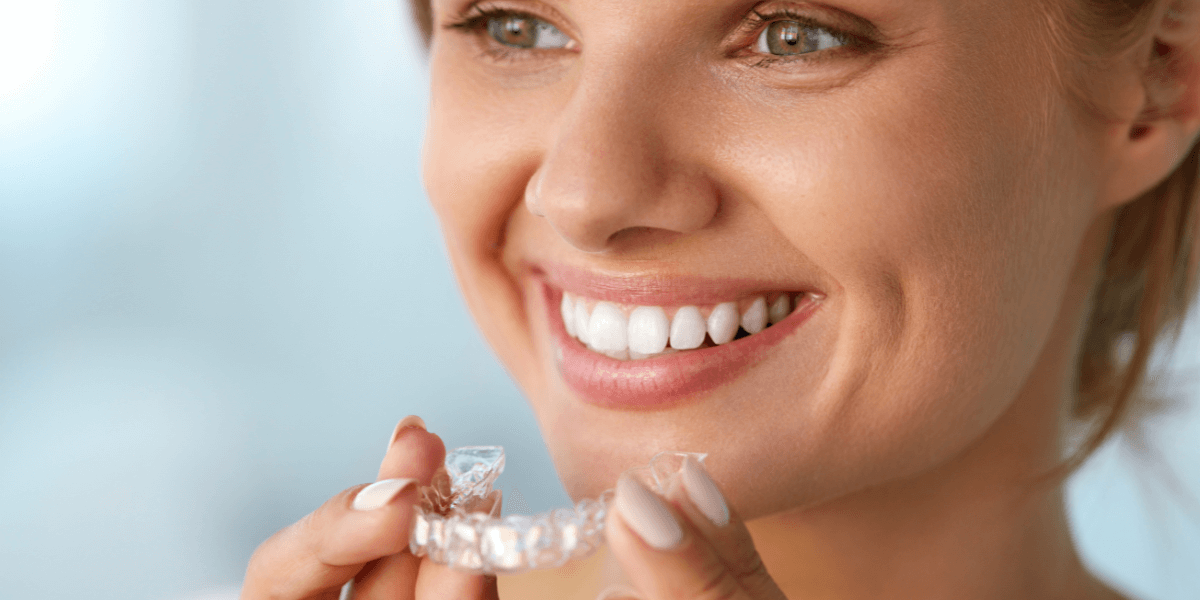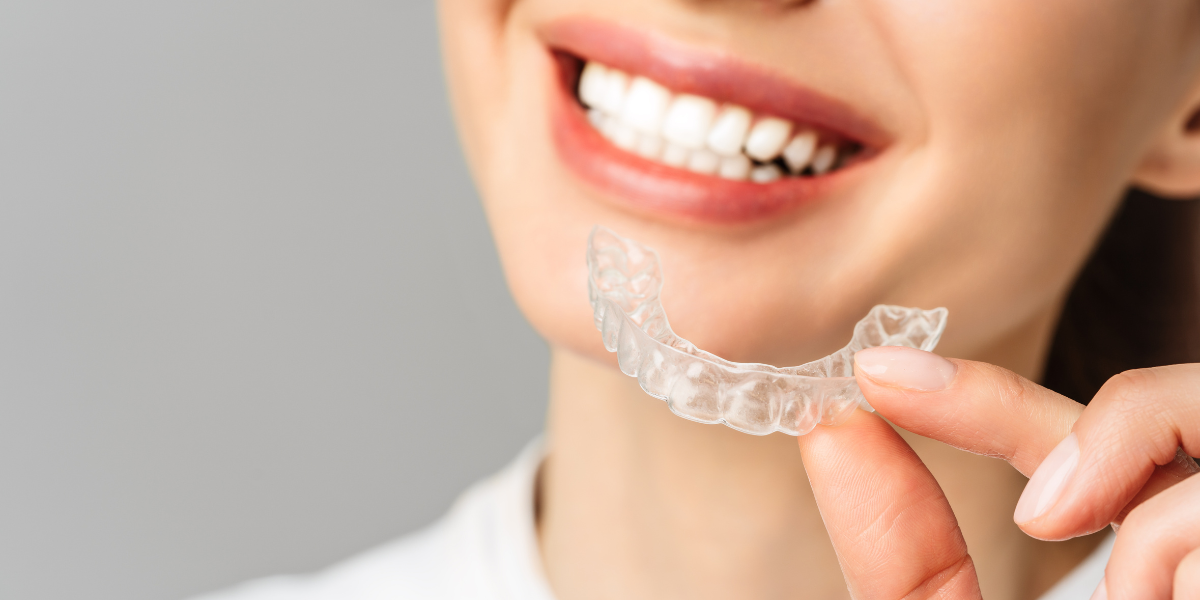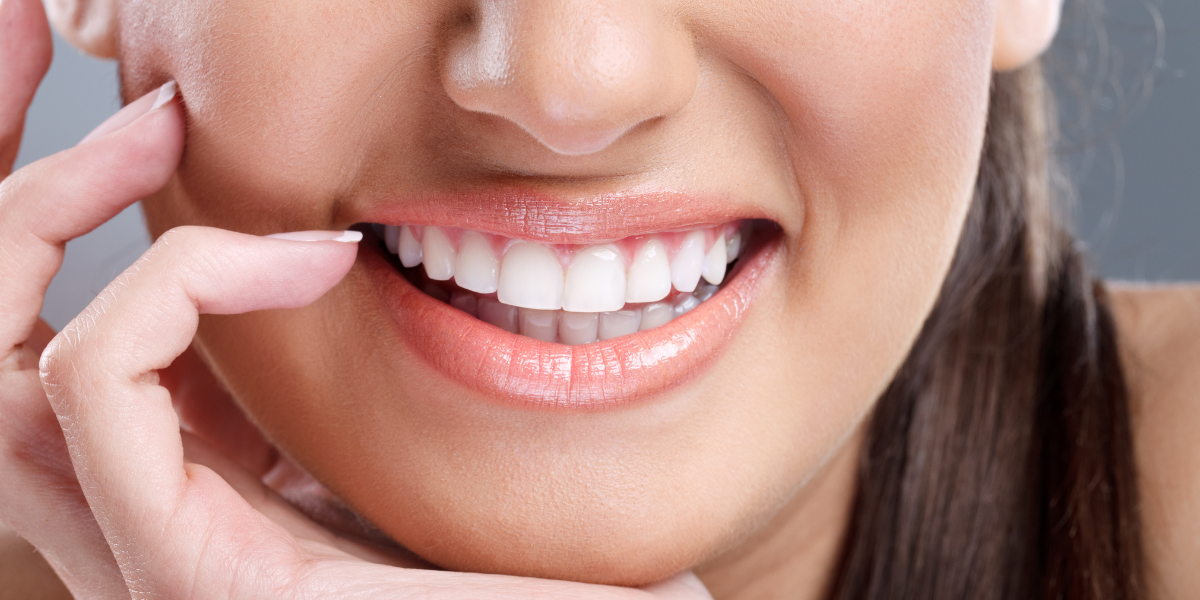
Teeth whitening treatments gained popularity in the early 1990’s. Initially, these peroxide based, custom bleaching tray whitening treatments were only available at dental offices. In years to follow, teeth whitening accelerated greatly in popularity and treatments became available in all forms ranging from do-it-yourself at-home whitening treatments to off the shelf treatments in stores. These treatments have given people the choice to opt for any method that suits their budget and convenience most.
At home whitening treatments have proven to be more effective in comparison to in-office bleaching in the long run. When used regularly as per directions, at-home treatments have proven to reutilize the whitening bleach that remains in the teeth for up to 36 hours, yielding better results.
Advantages of at home teeth whitening
Dentists are of the opinion that in order to maintain the desired amount of whiteness in teeth, people should continue to use whitening treatments for four to six months regularly. For people with relatively high tooth staining and tetracycline affected teeth the process should go on regularly for up to a year. Dentists also agree that the only way to do this is by the use of different at home teeth whitening kits available.
What makes at home whitening treatment so easy is the fact that they are available in a variety of forms, ranging from whitening trays, strips, tooth paste, mouthwash, and floss. Different application durations and methods give customers the convenience to use them at any time that suits them best. The portability element that comes with at home whitening kits allows them to be used on the go or even in the office. In comparison to the $650 per session in-office treatment, portable at-home whitening treatment kits range from $25 to $100 and $400 for dentist dispensed kits.
Must-knows about At-home Whitening
Even though most at home teeth whiteners are available off the shelf without a prescription, it is still recommended to get your doctor’s approval before using one. Improper application of these treatments can damage tooth enamel, irritate gums, can give an undesirable bluish hue, chalky whiteness or uneven results.
It is recommended that users know the intensity/concentration of the bleaching agent and apply for the appropriate time mentioned in the directions. For best results, dentists recommend use of whitening products after prophylactic cleaning and brushing and flossing before the use of at home whitening treatments. Not consuming food (other than water) for a few hours after the treatment enhances results.
Dentist dispensed take home whitening trays:
The dentist dispensed take home custom fitted whitening tray is the most effective and the most expensive at home teeth whitening treatment available. Each user uses their own custom made tray specifically designed for their teeth. Most users get their molds made from the dentist’s office. The dentist then takes the mold to make a custom tray for individual users. The Dentist also provides the high concentration whitening gel usually stored in syringes. This method of teeth whitening ensures best teeth and gel contact with no saliva penetration into the gel.
Companies like Smilebrilliant now allow customers to use dentist dispensed take home whitening trays without going to the dentist’s office at all. They perform the exact same function at a fraction of the cost you pay at the dentist’s office. The only difference is that you take your own teeth mold with the kit provided and return it to Smilebrilliant’s lab in an already postage paid envelop. Smilebrilliant develops a custom bleaching tray for your teeth and sends it back. You then use with the bleaching tray with the bleaching gels provided by Smilebrilliant to whiten teeth at home. This process is further described at Smilebrilliant’s website.The custom at home dentist dispensed whitening trays can be used several times depending on the user’s requirement with the option of reordering the gels if need be. Available kits are the Brilliant 6 and Brilliant 12.
Boil and Bite whitening Trays:
Boil and bite trays are designed to be put in boiling water and placed in mouth when they become soft. These trays then conform to the exact shape of the teeth. Users apply whitening gel on the custom molded trays and place on as per directions on the product. Smile brilliant offers their complete set of an at home whitening kit includes 2 sets of boil n’ bite trays.
Brush on Pen Whiteners:
Brush on whiteners or whitening pens are foam less instant tooth whiteners. These use high concentration (22 percent) whitening gel with the option of combining with an LED light to accelerate the process of at home teeth whitening. Users can whiten teeth in 20 minutes compared to other products that require longer duration of application. Smile Brilliant offers two brush on teeth whitening packages. One of which is the brush on teeth whitening pen and the other being the brush on whitening pen plus an LED light makes instant at home teeth whitening relatively easy and convenient at an affordable price.
Whitening Strips:
Whitening strips are strips coated with whitening gel. The flexible design of these strips allows them to be placed on the teeth, conforming to the shape of the jaw. Although these strips are one of the popular methods of whitening teeth at home, they tend to miss out stains in the narrow areas between teeth and easily move, allowing saliva seepage that reduces the strength of the whitening gel. Length and width of strips differ from brand to brand, varying their effectiveness.
Toothpastes with peroxides:
Toothpastes contain minimal (safe) amounts of peroxide as whitening agents. Since toothpaste foam touches all parts of the mouth, the concentration of peroxide is maintained low to avoid gum or skin irritation.
Whitening toothpastes:
All toothpastes are designed to whiten teeth by removing plaque and debris. Whitening toothpastes, however, contain extra/supporting whitening agents that complement at-home teeth whitening treatments through regular daily use.
Toothpastes and abrasives:
Whitening toothpastes contain more finely ground cleaning abrasives compared to regular toothpastes. Over use of abrasive tooth pastes mostly consisting of silica, aluminum oxide, calcium carbonate and baking soda can also scratch tooth enamel resulting in staining and dulling of teeth.
Whitening with Baking soda:
Baking soda has traditionally been used as a teeth whitening agent. It best works when mixed with water and salt. Baking soda has the ability to remove food stains that accumulate over age and actually clean the teeth in the process. Because of its abrasive qualities it should not be used more than once in two weeks. It can permanently damage tooth enamel and can also dissolve orthodontic glue if present.
Whitening Floss:
Even though whitening floss has minimal contact with the teeth, long run use of teeth whitening floss can remove food stains from narrow areas that even at-office whitening treatments have a hard time removing.








